Search Images
Browse Content (p. 736)
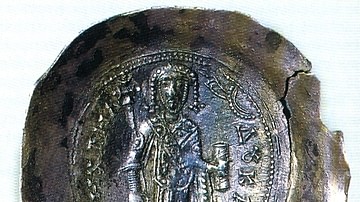
Image
Michael II Komnenos Doukas
Coin depicting Michael II Komnenos Doukas, Despot of Epirus (1230-1271 CE).
History of the Greek Nation, Ekdotike Athenon, Vol. VII, p. 103
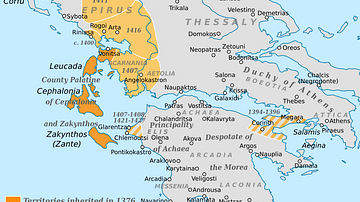
Image
Conquests of Carlo I Tocco
Conquests of Carlo I Tocco, count of Cephalonia (r. 1376-1429 CE) and Despot of Epirus (r. 1411-1429 CE).
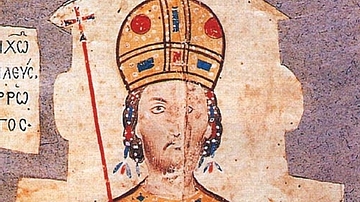
Image
Andronikos III Palaiologos
Andronikos III Palaiologos, Byzantine Emperor (r. 1328-1341 CE). 14th-century CE miniature. Stuttgart, Württembergische Landesbibliothek.

Image
Coronation of Manfred
Manfred is crowned King of Sicily (1258 CE).
Miniature from the Chronicle of Giovanni Villani.
Second half of the 13th century CE.
Vatican City, Biblioteca Apostolica Vaticana, Cod. Chigi L VIII 296, fol. 85r.
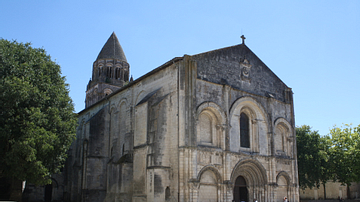
Image
Abbaye aux Dames, Saintes
The Abbaye aux Dames, Saintes, Charente-Maritime, France. The abbey was founded in 1047 CE and is an excellent example of Romanesque architecture.
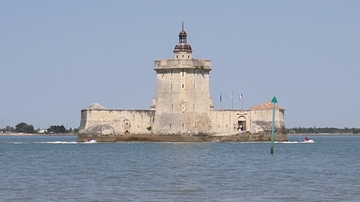
Image
Fort Louvois
Fort Louvois, Charente-Maritime, France. The fort was designed by the famed military architect Vauban (1633-1707 CE) and built in the 1690s CE to protect the channel between the mainland and the Ile d'Oleron.
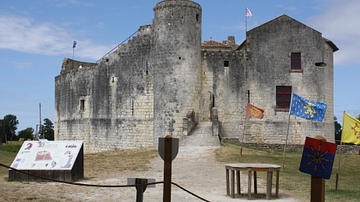
Image
Saint Jean-d'Angle Castle
Saint Jean-d'Angle Castle, Charente-Maritime, France. The castle was built c. 1180 CE and renovated from 1994 CE.
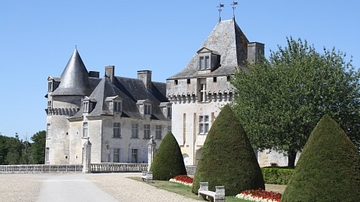
Image
Chateau de la Roche Courbon
The Chateau de la Roche Courbon, Charente-Maritime, France. Built in the 15th century CE, the chateau was extensively modified in the 17th century CE.
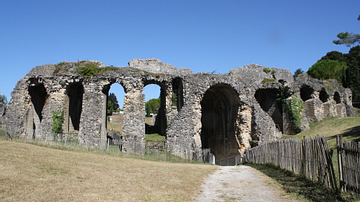
Image
Amphitheatre Exterior, Mediolanum Santonum
The exterior of the Roman amphitheatre of Mediolanum Santonum (Saintes, Charente-Maritime), France. The arena could hold 15,000 spectators and was built 40-50 CE.
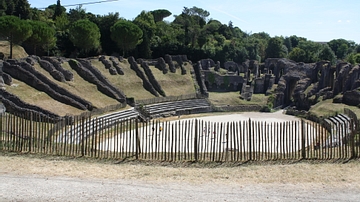
Image
Roman Amphitheatre, Mediolanum Santonum
The Roman amphitheatre of Mediolanum Santonum (Saintes, Charente-Maritime), France. The arena could hold 15,000 spectators and was built 40-50 CE.